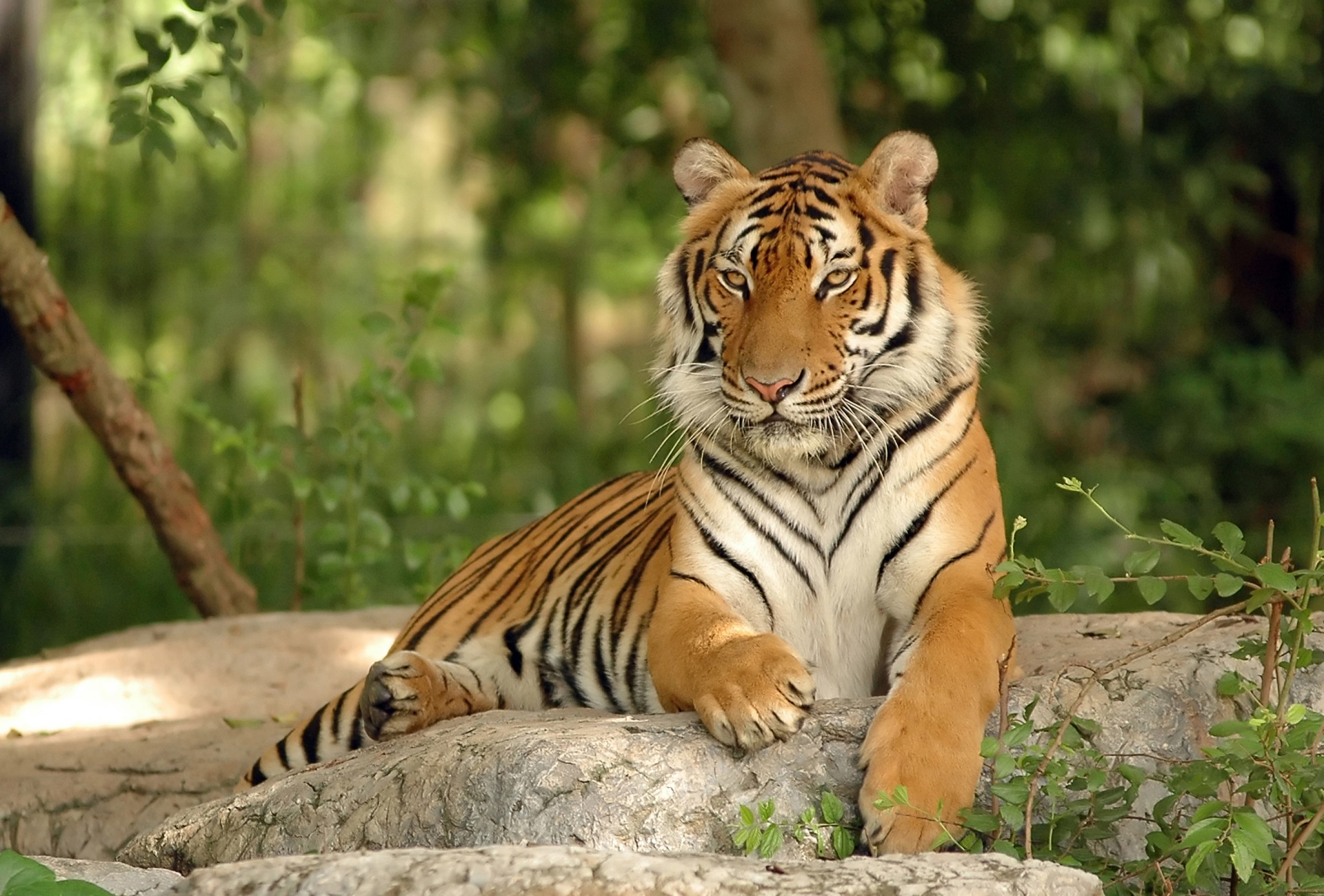
Create a Wildlife Corridor for Tigers in Thailand
Support More Work Like ThisSupport More Work Like ThisThe largest of all big cats, the Tiger once roamed freely throughout central, eastern and southern Asia.
-
Species at Risk
Sunda Pangolin (CR), Tiger (EN), Asian Elephant (EN), Banteng (EN)
-
Carbon stored
8,341,020*
*(metric tons of CO2 equivalents) -
Partner
Panthera
-
100,843 Proposed Acres Conserved by
Designation
-
Project Cost: $992,632
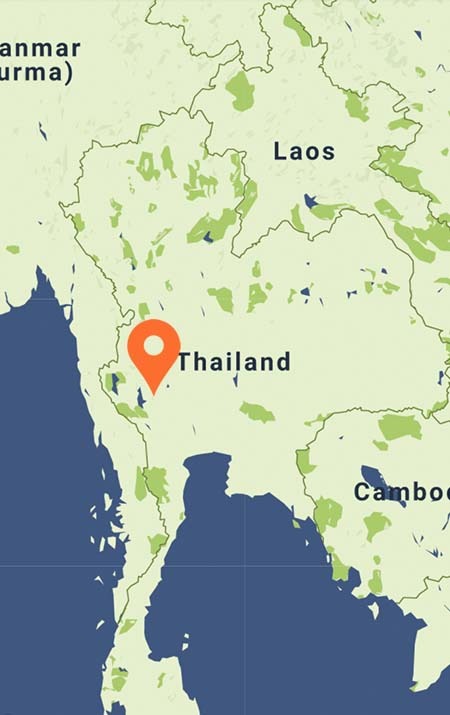
100,843
The largest of all big cats, the Tiger once roamed freely throughout central, eastern and southern Asia.
-
Species at Risk
Sunda Pangolin (CR), Tiger (EN), Asian Elephant (EN), Banteng (EN)
-
Carbon stored
8,341,020*
*(metric tons of CO2 equivalents) -
Partner
Panthera
-
100,843 Proposed Acres Conserved by
Designation
-
Project Cost: £719,298

100,843
Create a wildlife corridor for tigers in Thailand
The largest of all big cats, the Tiger once roamed freely throughout central, eastern and southern Asia, but in the past century alone, rapid habitat loss has caused this majestic animal to lose more than 93% of its historic range. Compounded with poaching, populations have dropped from 100,000 to just 3,500.
The Western Forest Complex in Thailand, encompassing 7,232 square miles of forest habitat along the border with Myanmar, is home to the only viable population of Tigers in mainland Southeast Asia. The country’s conservation victories in this landscape have rendered it a stronghold for threatened species, but three areas have been identified as critical gaps in urgent need of our protection.
Rainforest Trust and our partner, Panthera have the incredible opportunity to safeguard these gaps by creating three new protected areas.
Did you know?
acres will solidify a new vast wildlife corridor.
Explore Thailand
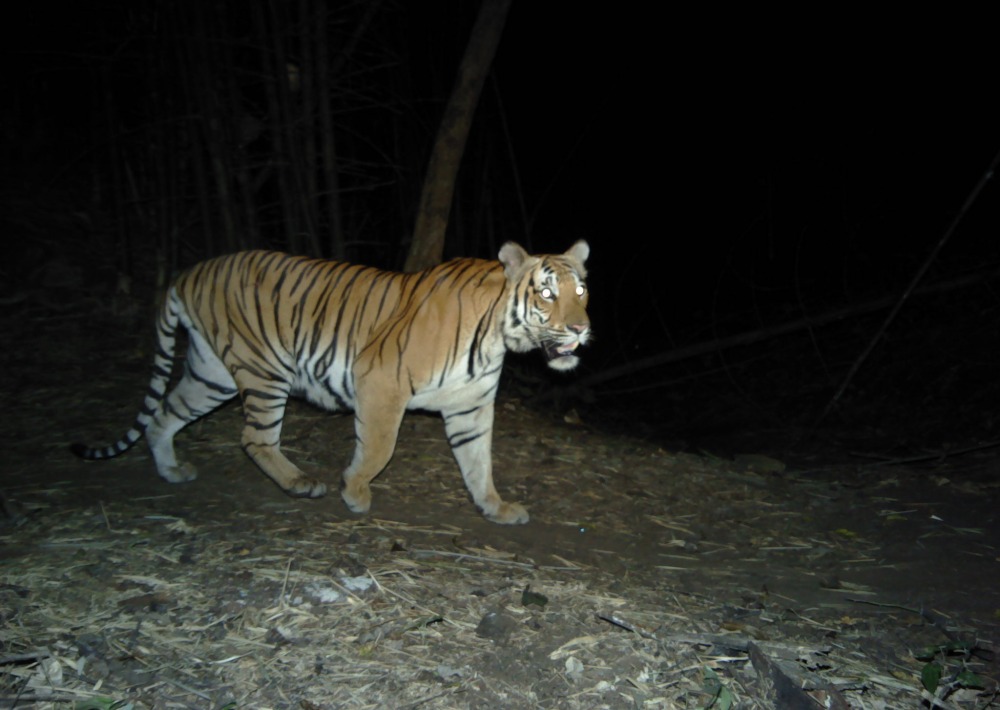
An Indochinese Tiger caught on camera trap, courtesy of partner, Panthera
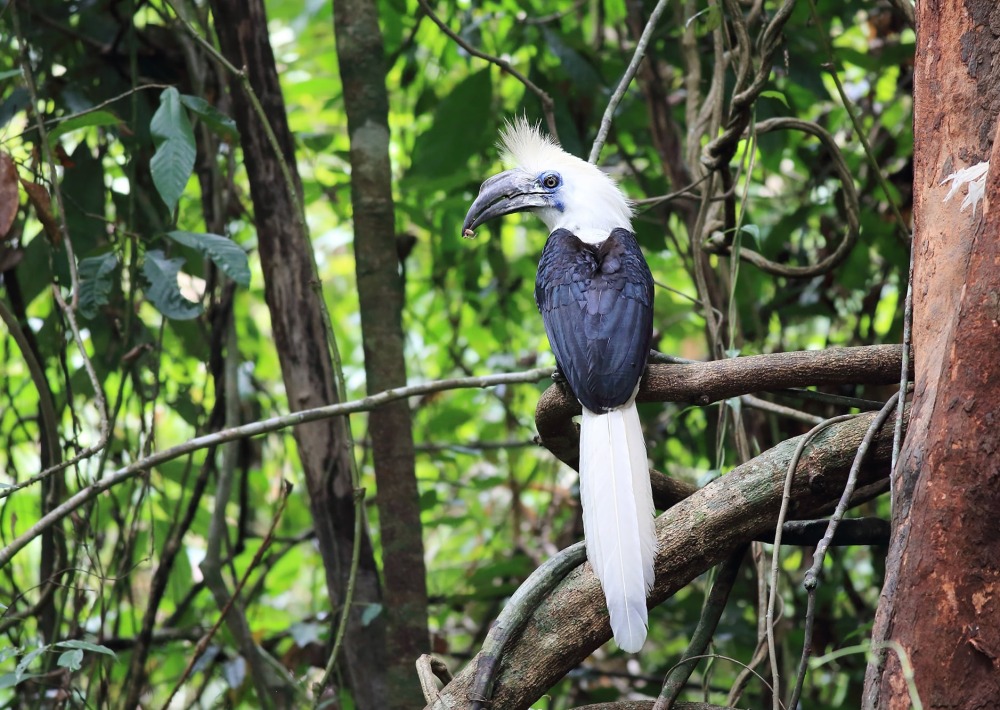
The Endangered White-crowned Hornbill, by Wang Thammachatudom
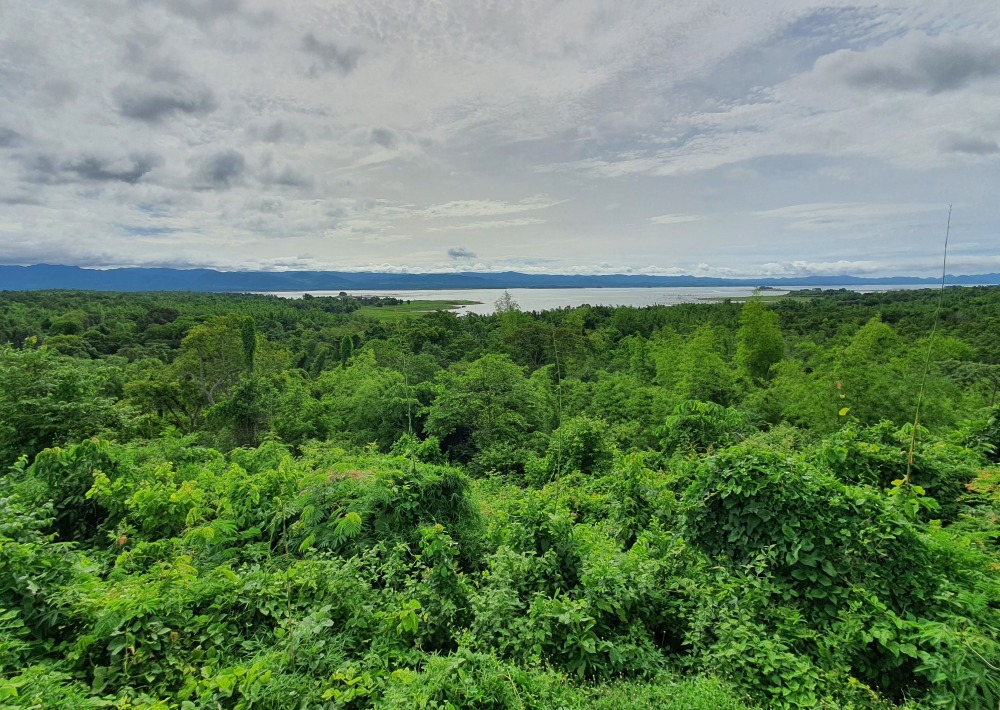
The project landscape, by partner Panthera
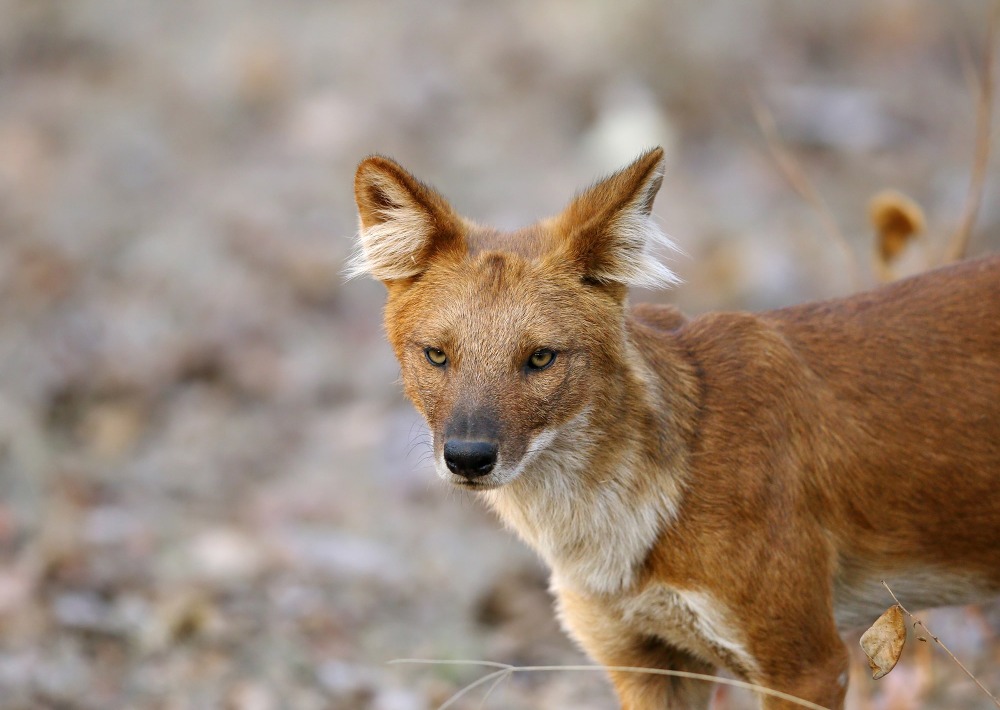
The Endangered Dhole, or Asiatic Wild Dog, by Dr. Ajay Kumar Singh
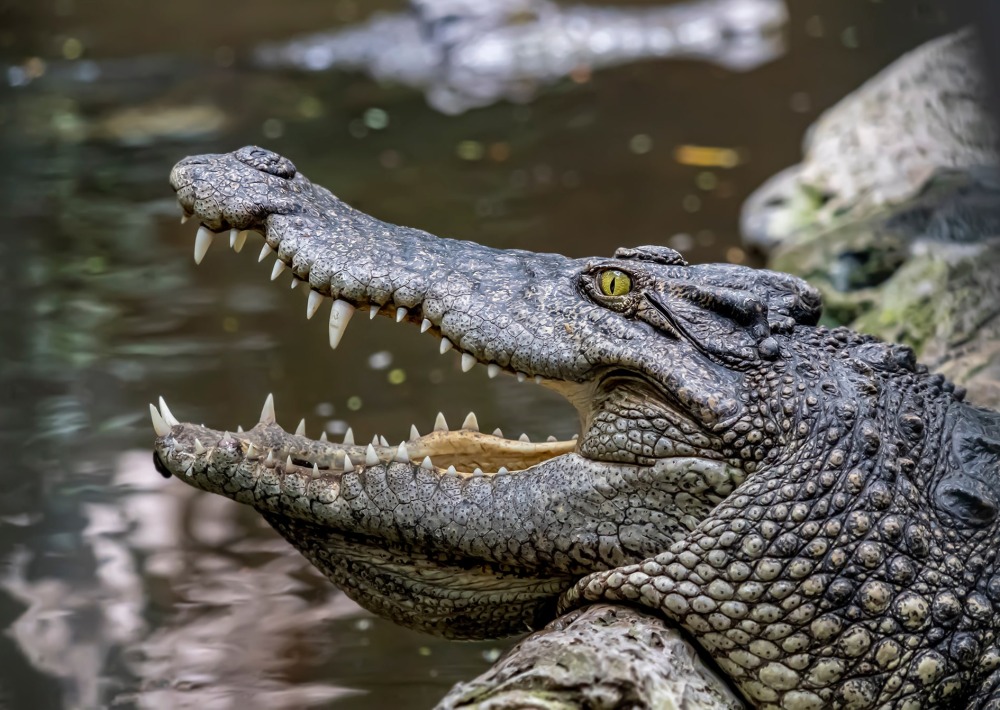
The Critically Endangered Siamese Crocodile, by ONGUSHI/shutterstock
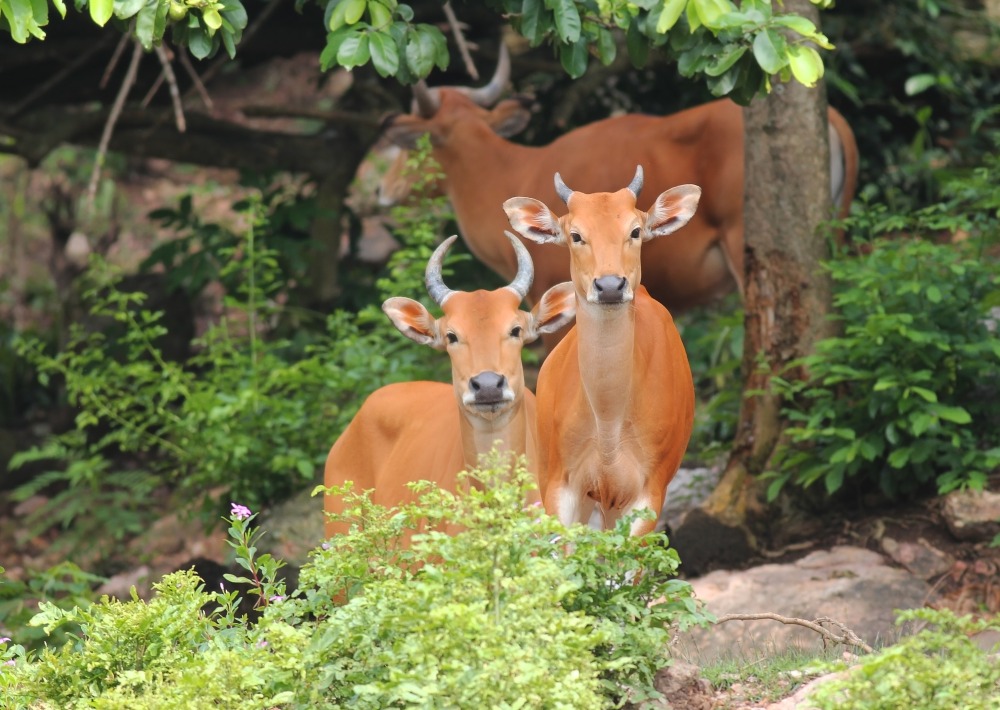
Endangered Banteng, from Shutterstock
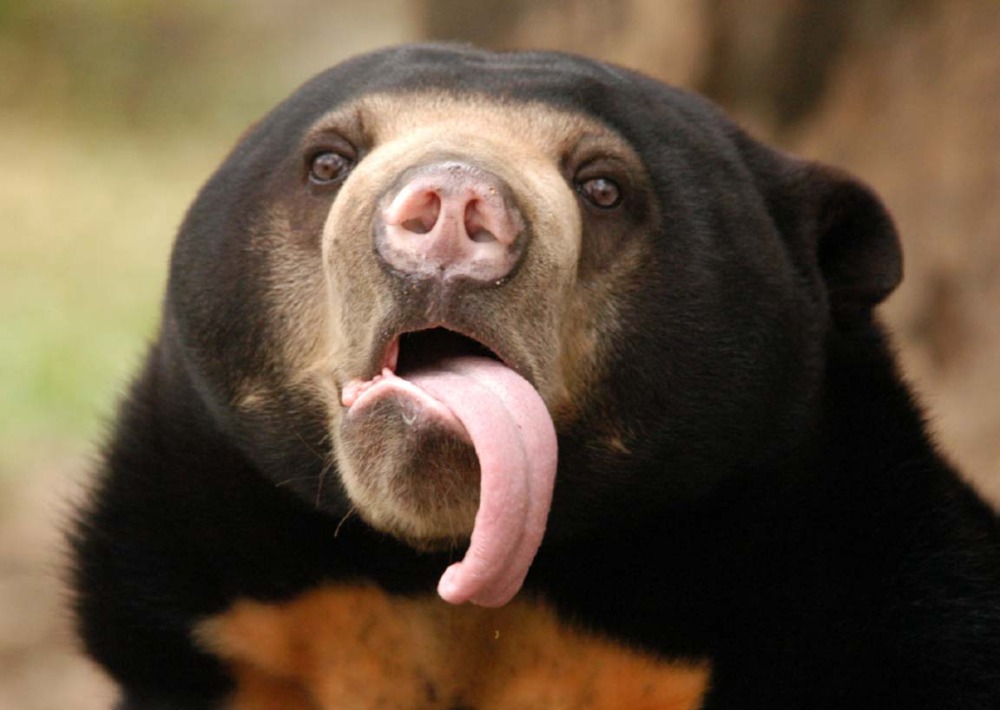
The Vulnerable Sun Bear, by Vladmir Wrangler
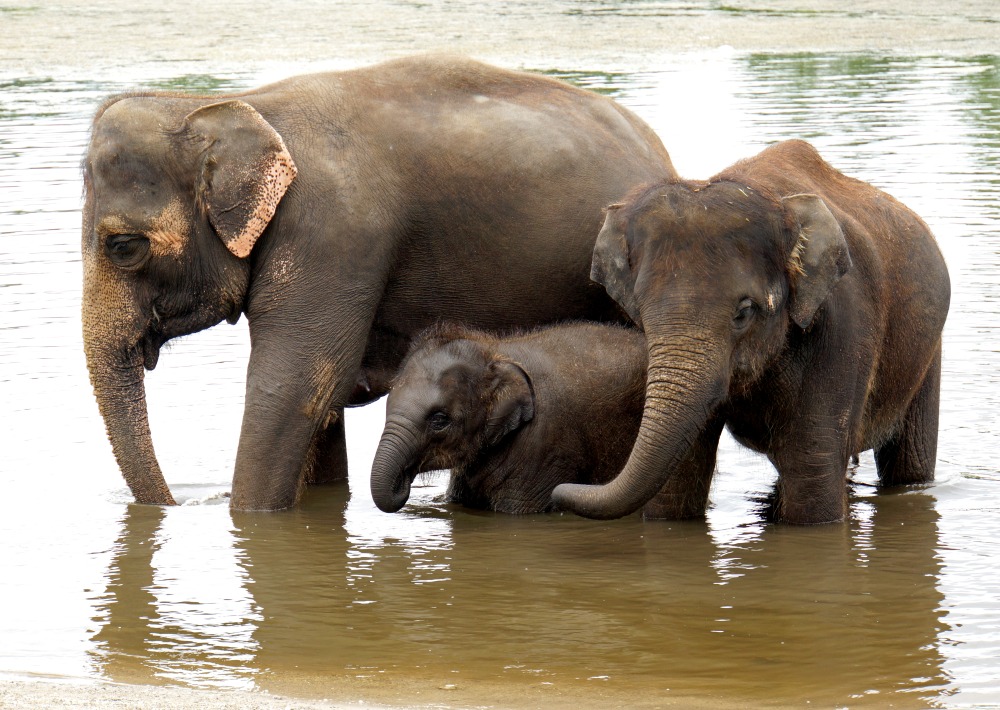
The Endangered Asian Elephant, by Dennis Jarvis/Flickr
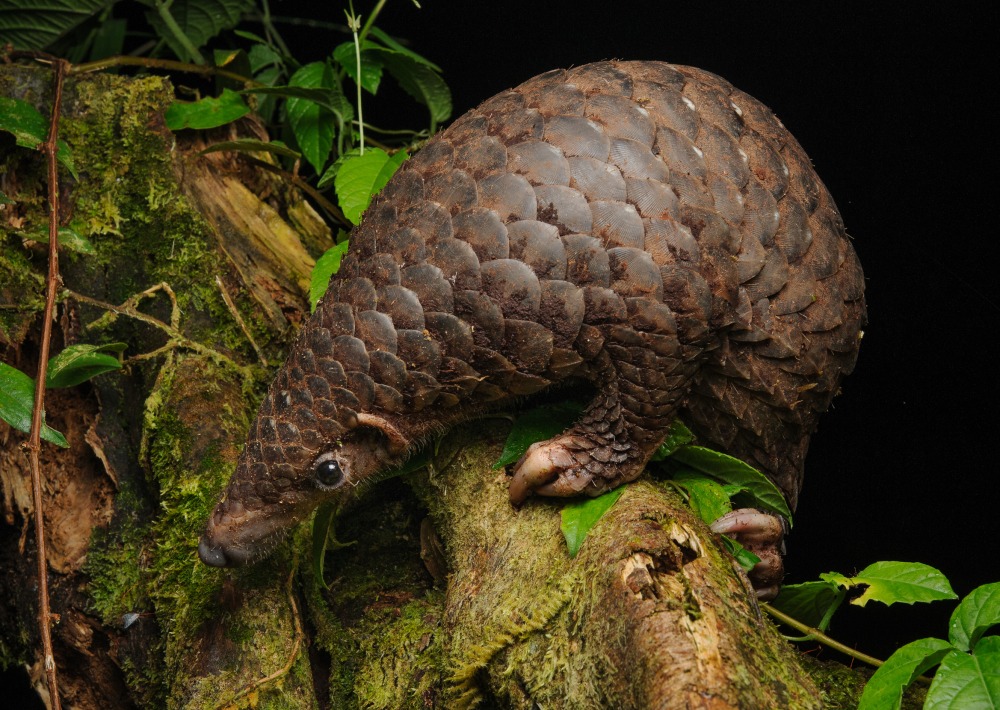
Sunda Pangolin (CR) Courtesy of Chien Lee
Save habitat for Asian Elephants and other threatened species
In addition to Tigers, the potential sites will save critical habitat for Asian Elephants (EN), whose populations have been declining for centuries. Although it is difficult to count elephants in Thailand’s dense vegetation, there are estimated to be at most about 3,300 surviving today. Herds of over 100 individuals have been spotted roaming, making these areas vital in the species’ protection.
Other at-risk, globally important species have been recorded here as well including Asiatic Wild Dog or Dhole (EN), Banteng (EN), Leopard (VU), Clouded Leopard (VU), Sambar (VU), Bearcat (VU), Sun Bear (VU) and Asiatic Black Bear (VU). The Endangered Green Peafowl and three species of hornbill listed as Vulnerable also inhabit the reserve areas. The Lar Gibbon (EN) and the Large-spotted Civet also live there.
Support sustainable solutions for human-wildlife coexistence
Together, we can secure and connect vital missing pieces of a conservation landscape that includes national parks and wildlife sanctuaries critical to the survival of keystone species and wide-ranging species like Tigers and Asian Elephants to move safely across the land.
Official designation of these protected areas by Thailand’s Department of Natural Resources brings funding and personnel who are trained and empowered to enforce Thailand’s conservation laws that regulate destructive activities like mining, poaching and illegal cattle ranching.
Local community members will help develop plans to address land use concerns in a way that will protect people’s traditional forest practices and benefit resident species at the same time. The peaceful coexistence of humans and non-human species within the protected environment is a guiding goal.
Conservation work is critical, challenging, and can be costly. We work hard to ensure we raise only the funds needed for each project. In the rare case we raise more money than needed or a project comes in under budget, excess monies will be transferred to the Conservation Action Fund. This fund supports our important conservation work throughout the tropics.
Project Modifications
Rainforest Trust conducts extensive research and due diligence on each of the projects that we support, so that once a project is offered for public support we believe it will succeed. We work closely with our project implementers, offer support, and regularly monitor their progress. Given the nature of the work, projects may not progress exactly as intended and may be unable to meet all objectives. To respond dynamically to the needs of our project implementers and the realities of the landscapes in which they operate, Rainforest Trust expressly reserves the right to modify a project as it deems necessary, provided that donor intent is honored by ensuring that that the original project objectives are diligently pursued and that project funds continue to benefit the landscape and species identified in the project overview. Project modifications that we may need to make in certain circumstances include the specific project implementer, the size of the landscape to be protected, the type of protection to be afforded to the landscape, and the development of sustainability mechanisms.
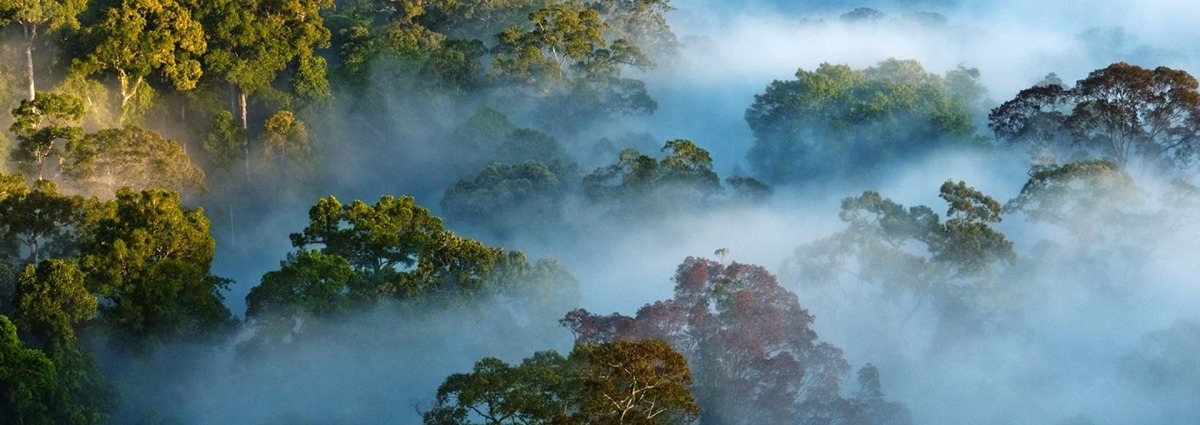

Partnering to Save Rainforest
Our partners’ ability to work with their governments and build strong connections with local communities ensures the successful implementation of our projects.
Learn More About This PartnerLearn More About This Partner